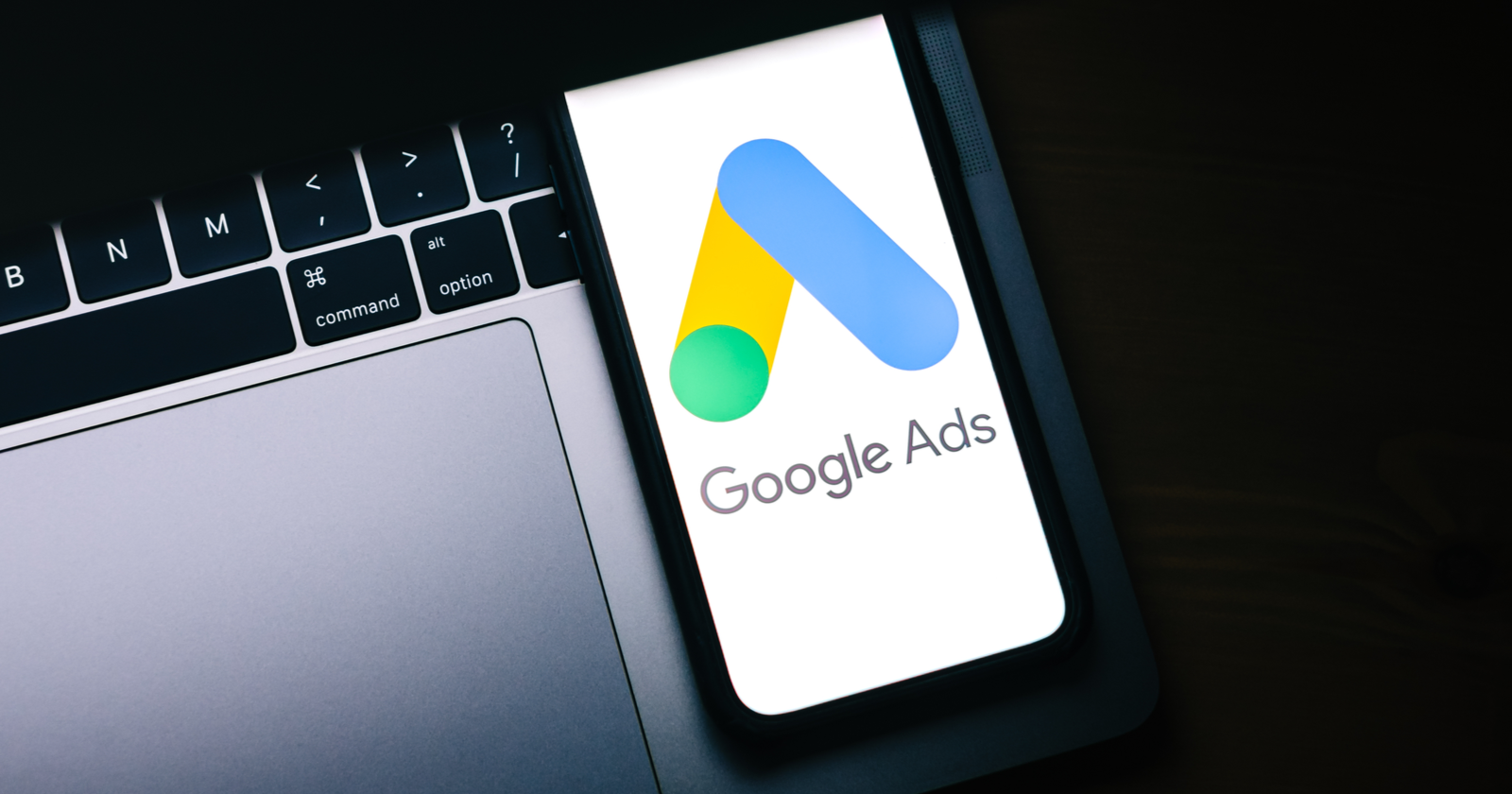Mastering Google Ads 11 Winning Strategies to Boost Your Campaigns
Whether you’re a giant retailer spending millions on advertising or a local plumber looking to expand, Google Ads can help you reach your goals. However, Google Ads can become expensive if your strategy isn’t effective. Over the years, clients have often asked why their ads aren’t driving revenue. There’s no silver bullet for Google Ads success, but learning from what others are doing can be incredibly valuable. Here are 11 Google Search ads that I find inspiring and the strategies you can steal to drive high-quality leads and conversions.
What Are Google Ads?
Google Ads are digital advertisements that appear within Google’s network, encompassing various formats like videos and shopping listings. They are prominently displayed across the web, capturing the attention of potential customers. This guide, however, focuses specifically on ads that appear in Google Search results, where effective strategies can directly influence user engagement and conversions.
1. Steal Competitor Traffic
One ad smartly bids on the brand name of its competitor, with a humorous twist that makes the strategy less abrasive. This tactic can be risky, as it might provoke competitors or alienate some potential customers. However, by openly acknowledging the competitor bid, it mitigates the negative impact and showcases its brand personality. Additionally, it utilizes sitelinks, an automated Google Ads extension that displays additional links to various parts of the site. This not only occupies more space in the search results but also provides users with multiple pathways to engage with the brand.
Steal This Strategy
Exercise caution when bidding on competitors’ names. Although it is no longer banned by Google, this approach can still provoke competitors or make your audience wary. However, it can work effectively if you are upfront about it, as demonstrated. Optimize for sitelinks to share more about your brand and push down competing ads, giving you more visibility in search results.
2. Steal Back Traffic Looking for Competitors
Another example targets the keyword “Alternatives for [Brand]” to reach users considering alternative options, promoting its own features and benefits over those of competitors. The ad cleverly addresses the searcher’s intent by acknowledging that there are alternatives but then highlighting why it is the superior choice. The landing page reinforces this message by outlining the benefits of choosing this brand, effectively turning a search for competitors into an opportunity to showcase their strengths.
Steal This Strategy
Target high-intent keywords like “[your brand] alternative” to reach buyers who are closer to making a purchase decision. By addressing these potential customers directly, you can highlight what makes your brand stand out from the competition. Focus your ad copy on the unique features and benefits that set you apart, converting consideration into conversion.
3. Put Your Best Foot Forward
Another ad positions itself as an industry leader by targeting high-traffic keywords such as “best website builder.” The ad copy boldly asserts their dominance in the field, using terms like “best” or “industry-leading” to capture the attention of potential customers. This approach is not about modesty but about confidently showcasing their strengths and establishing trust with the audience right from the search results page.
Steal This Strategy
Position yourself as a leader in your industry by using assertive language in your ad copy. Words like “best,” “top,” or “industry-leading” can significantly enhance your credibility. Additionally, optimize for sitelinks to highlight your most popular features or unique value propositions (UVP). This strategy not only attracts clicks but also informs potential customers about what makes your brand exceptional.
4. Include Social Proof
Another ad incorporates social proof by mentioning that it is “Trusted by the largest brands,” which helps build initial trust with potential customers. Despite the limited space in a Google ad, this concise statement is powerful in conveying reliability and credibility. The subheading then follows up by focusing on the benefits of their service, creating a balanced ad that draws in users with trust and retains them with value.
Steal This Strategy
Incorporate short but impactful testimonials or statements of trust in your Google Ads. Phrases like “Trusted by 8,000 companies” or “Used by the biggest brands” may be vague but effectively convey reliability. Complement this with specific benefits or features in your subheadings. Additionally, optimize for Google’s seller ratings extension to add social proof in the form of star ratings, enhancing the trust factor of your ads.
5. Focus on Search Intent
Another ad is highly effective because it targets the specific search intent behind keywords like “plumbers near me.” Recognizing that such a search likely indicates an urgent plumbing issue, the ad highlights key services and emphasizes 24/7 availability and same-day service. This directly addresses the needs of the searcher, making it more likely that they will click on the ad and convert.
Steal This Strategy
Understand and align your ad copy with the search intent behind your keywords. There are four main types of search intent: informational, navigational, commercial, and transactional. Tailor your ads to meet these intents. For instance, if targeting transactional intent, emphasize immediate solutions and availability. This ensures your ad resonates with what users are actually looking for, increasing the likelihood of conversion.
6. Offer a Discount
Another ad stands out by offering an enticing discount, which is a proven way to attract attention and drive clicks. The ad targets a high-intent keyword like “where to print pictures,” indicating that the searcher is ready to take action. By offering multiple deals, it increases the chances of appealing to a broad audience and encouraging immediate engagement.
Steal This Strategy
Incorporate discount offers into your Google Ads for keywords with high purchase intent. Discounts and deals are highly attractive and can be the deciding factor for potential customers. Highlighting a specific percentage off or a special deal can effectively push users towards making a purchase decision. Ensure that the discounts are prominently displayed in the ad copy to maximize their impact.
7. Address Pain Points
Another ad effectively addresses common pain points of their target audience, such as concerns about speed and security. By mentioning these issues directly in the headline, the ad immediately resonates with potential customers who are likely worried about these aspects. Additionally, offering a guide for a risk-free switch helps alleviate concerns about the complexity of changing providers.
Steal This Strategy
Identify and address the major pain points of your customers directly in your ad copy. This can be achieved by conducting research, such as reading competitor reviews, to understand what issues are most prevalent. Present your solutions clearly and concisely in the ad, demonstrating how your product or service effectively resolves these concerns. This approach not only attracts clicks but also builds trust with your audience.
8. Share Your Unique Benefits
Another ad is a great example of clearly communicating unique benefits. The ad highlights its low dog-to-staff ratio and a mention in a trusted local source, effectively differentiating itself from competitors. By stating specific advantages, the ad leaves no doubt about what makes the service special and why customers should choose them.
Steal This Strategy
Be specific about your unique benefits in your ad copy. Highlight what sets you apart from the competition and what your customers value most about your service. For example, if you have won awards or received notable mentions, include these as part of your ad. Specificity helps potential customers understand exactly why they should choose your brand over others.
9. Promote Free Products or Services
Another ad promotes their free plan, targeting the keyword “project management tools” to attract users who are exploring their options. The ad effectively highlights what users will get for free, enticing them to try the service with the potential to upgrade later. This strategy not only generates leads but also builds a pipeline for future sales.
Steal This Strategy
Promote free versions or in-depth, gated content like whitepapers to attract high-quality leads. Free offerings are a great way to bring potential customers into your ecosystem, where you can then upsell additional features or services. Use targeted Google Ads features to ensure your ad reaches a carefully defined audience who might eventually convert into paying customers.
10. Make Conversion Easy
Another ad is a prime example of making the conversion process straightforward and easy. Recognizing the commercial intent behind searches for dining options, the ad provides all necessary details for making a reservation, including location, phone number, menu, and hours. The ad is designed to facilitate immediate action without overwhelming the user with information.
Steal This Strategy
Simplify the conversion process by making it easy for users to perform specific actions, such as making a reservation or signing up for a service. Ensure that your ad includes clear calls to action and provides all necessary information in a concise and readable format. Including links to high-demand pages can also improve the user experience and increase conversion rates.
11. Advertise Your Affiliate Content
Another ad promotes its affiliate content by targeting high-traffic keywords and linking to relevant articles. By focusing on “best of” guides and related content, the ad not only attracts clicks but also provides valuable information to users, enhancing their overall experience. This strategy leverages the power of affiliate marketing to drive traffic and conversions.
Steal This Strategy
Create affiliate content with a strong SEO strategy in mind, ensuring it translates easily into a Google Search ad. Use sitelinks to highlight a cluster of related content, providing users with multiple pathways to explore your offerings. This approach can effectively increase engagement and drive conversions, especially for informational and commercial searches.
Use Google’s Recommendations
Utilize Google’s Recommendations page in Google Ads Manager to receive tailored suggestions based on your historical data. This section provides insights and recommendations for improving your ads, including feature suggestions, keyword adjustments, and campaign optimizations. By leveraging these personalized recommendations, you can continuously refine your strategies and enhance the performance of your Google Ads campaigns.


